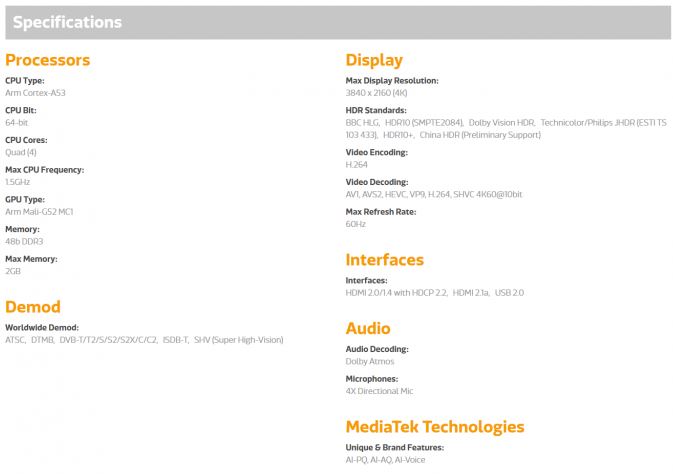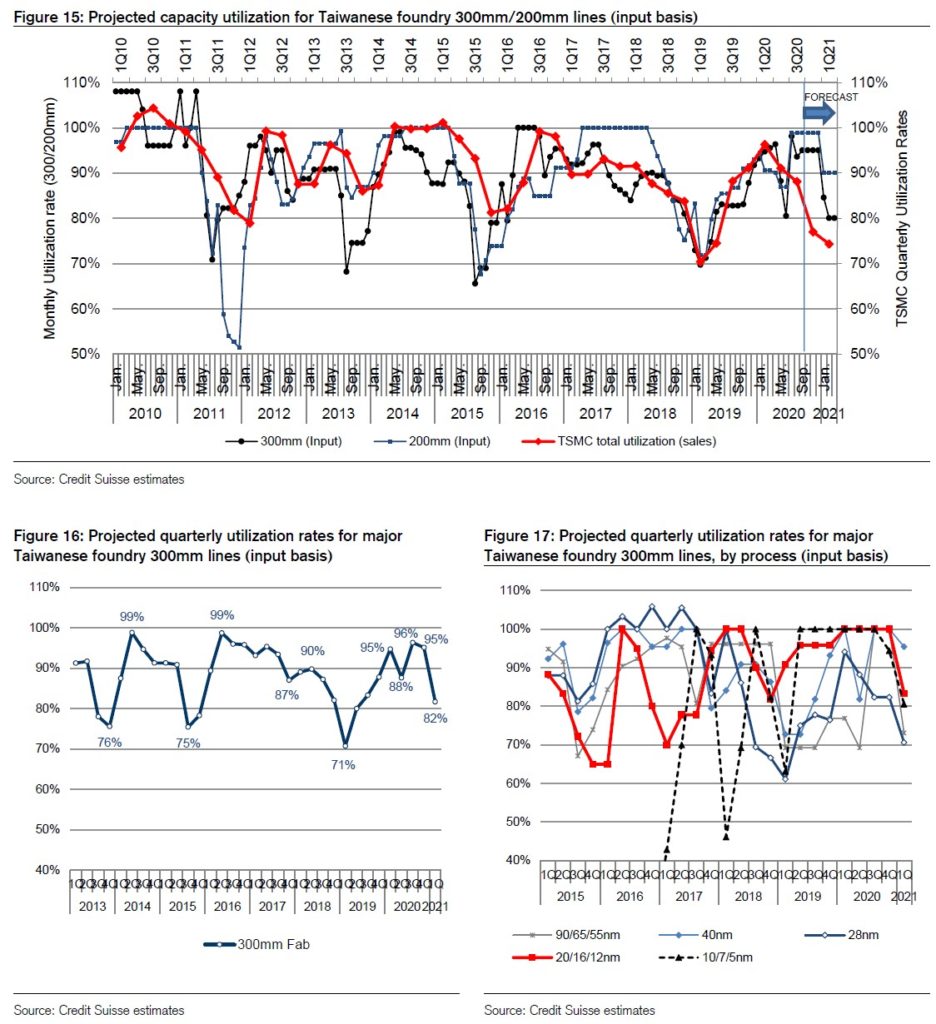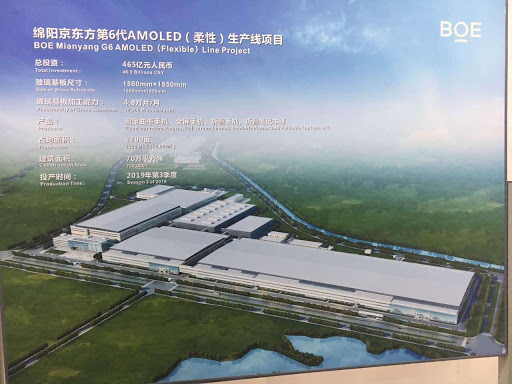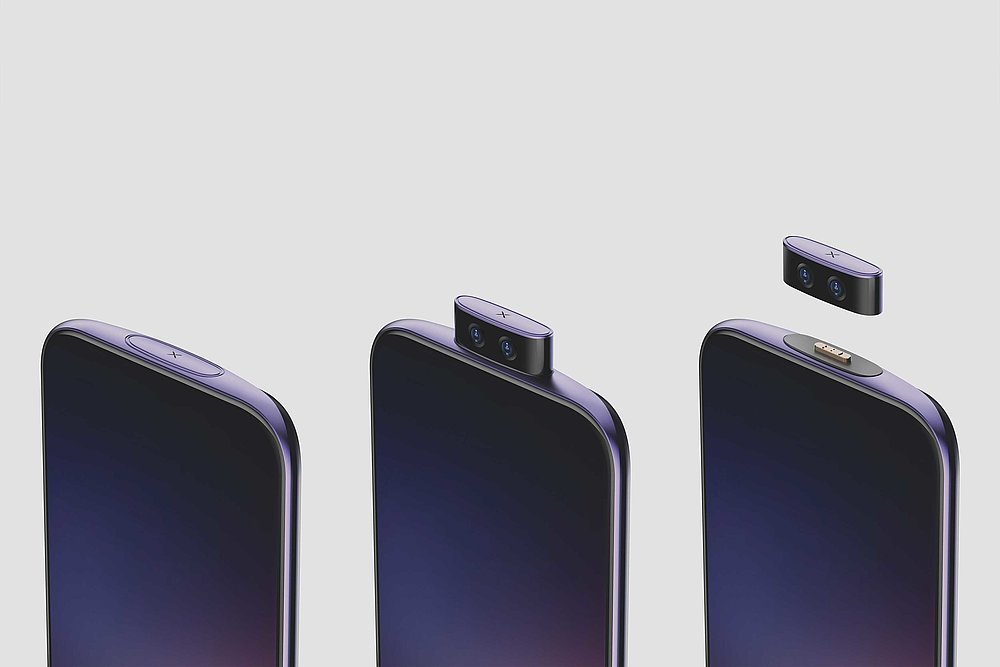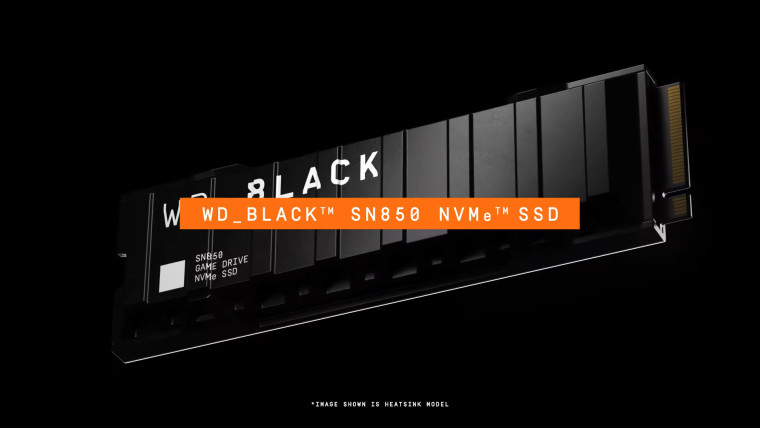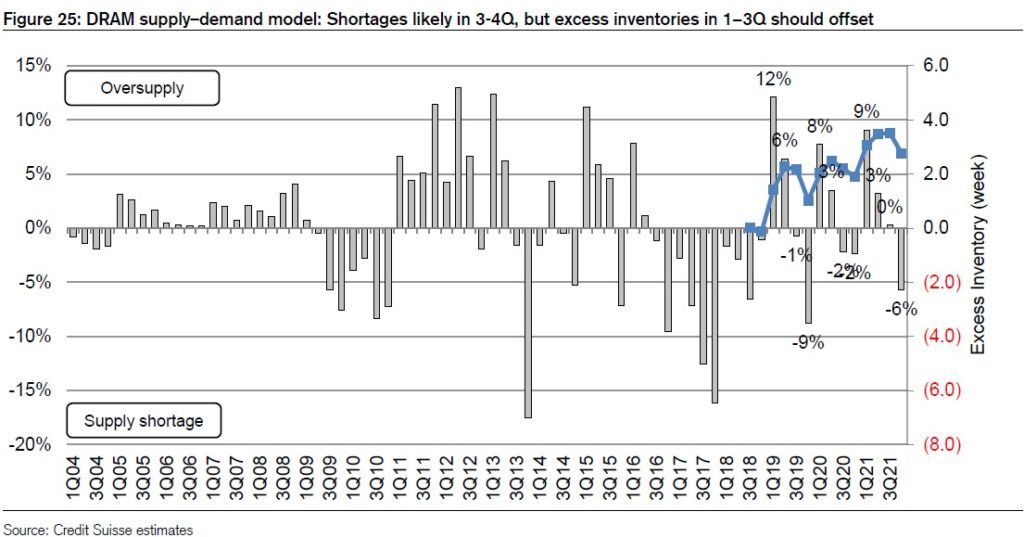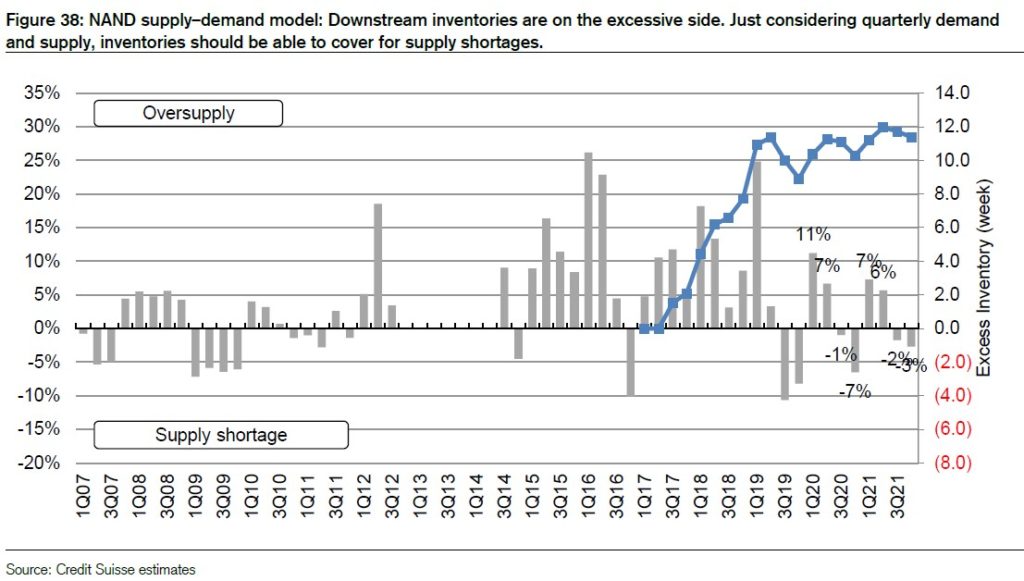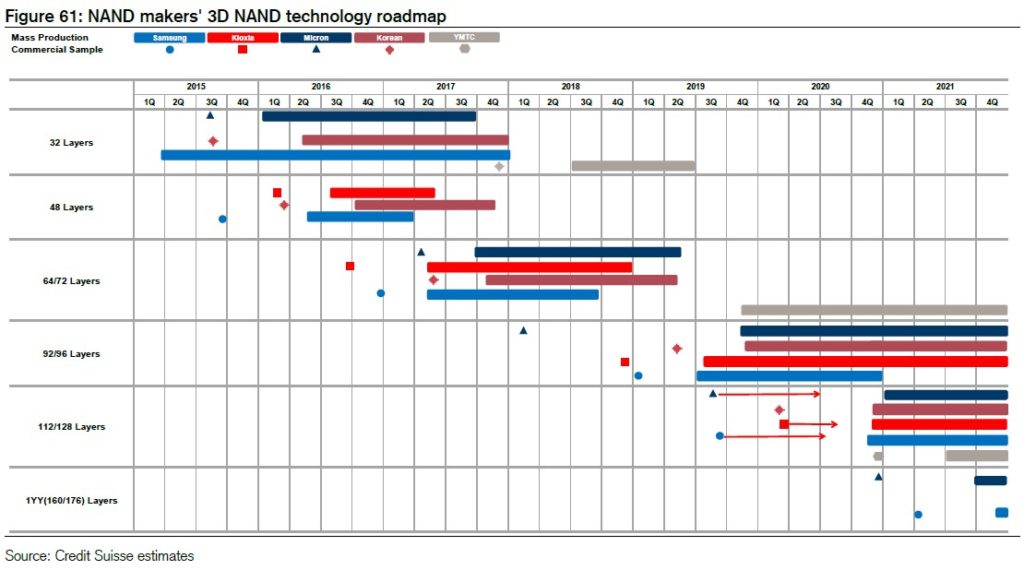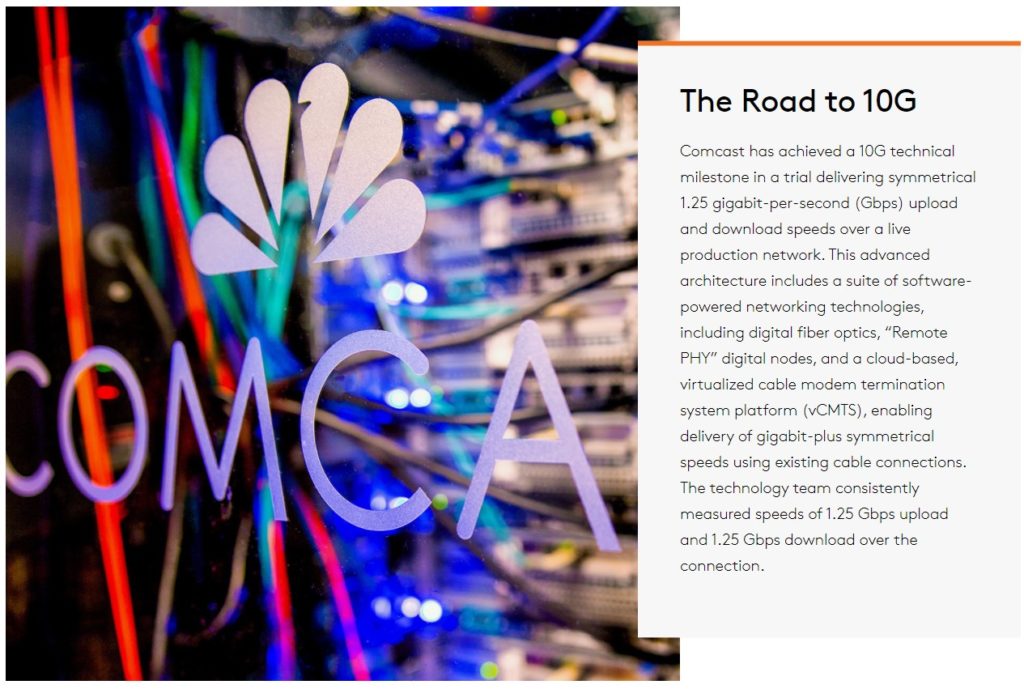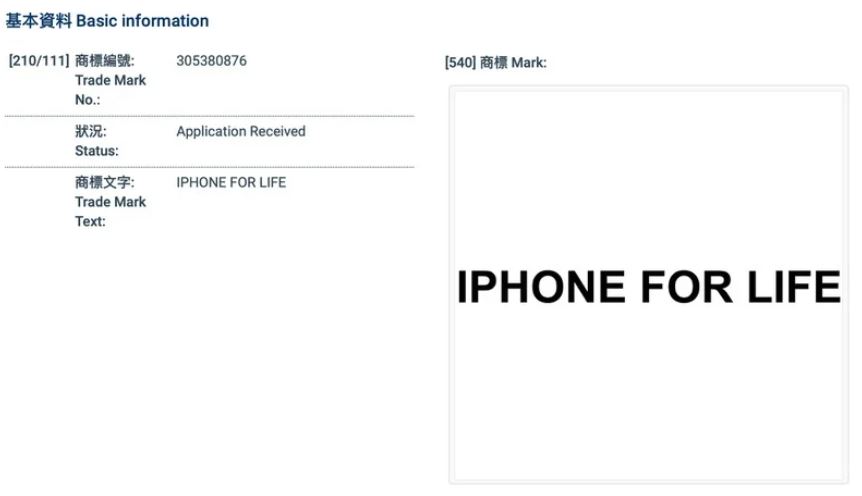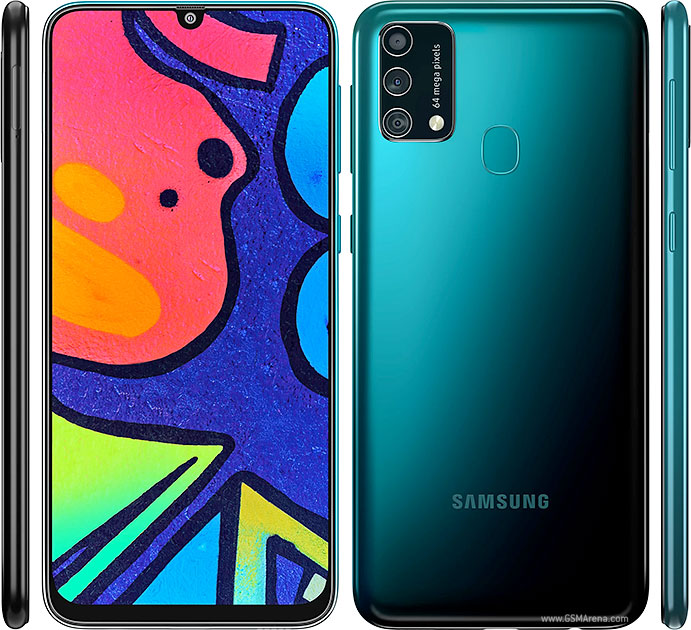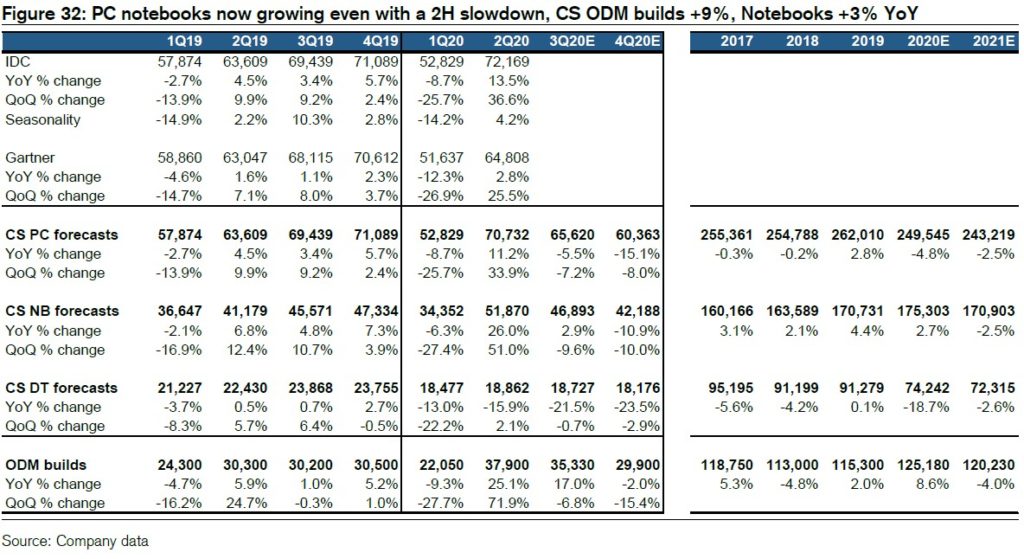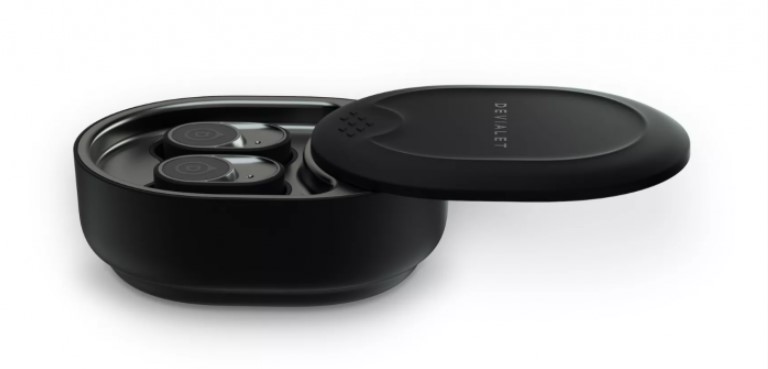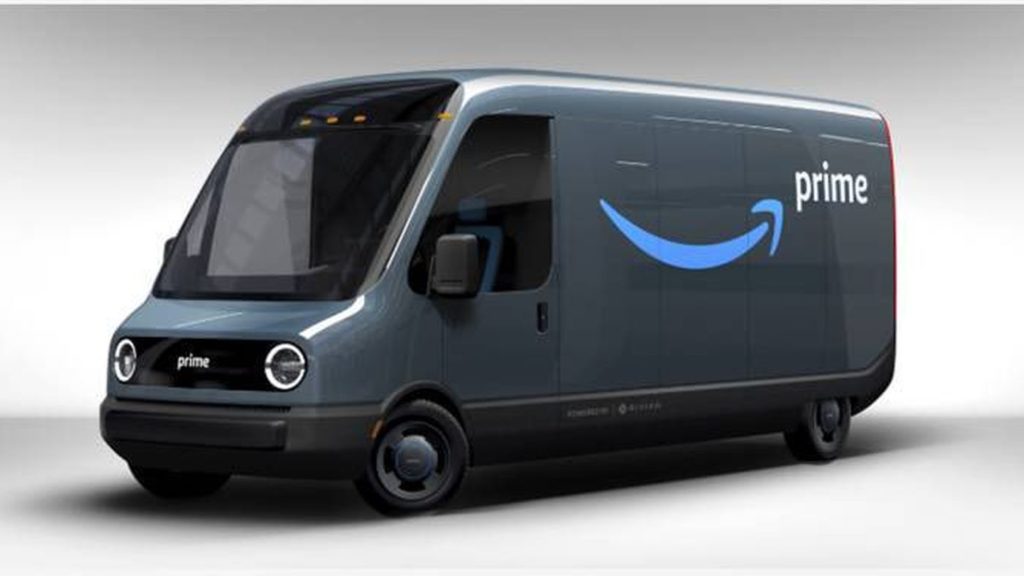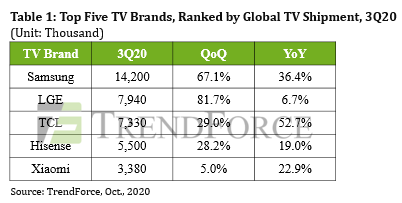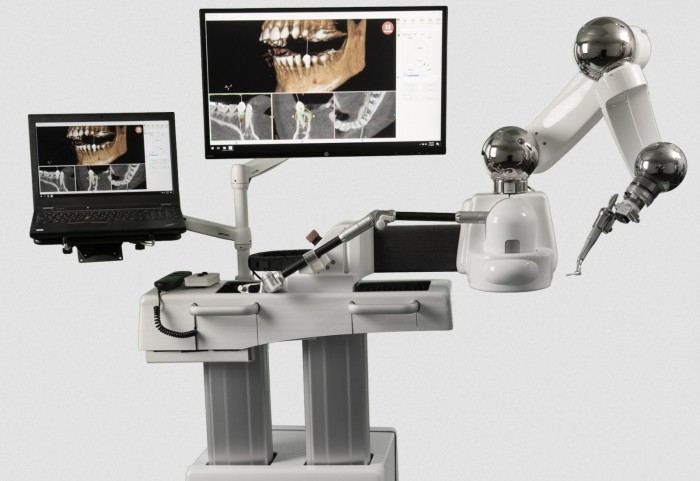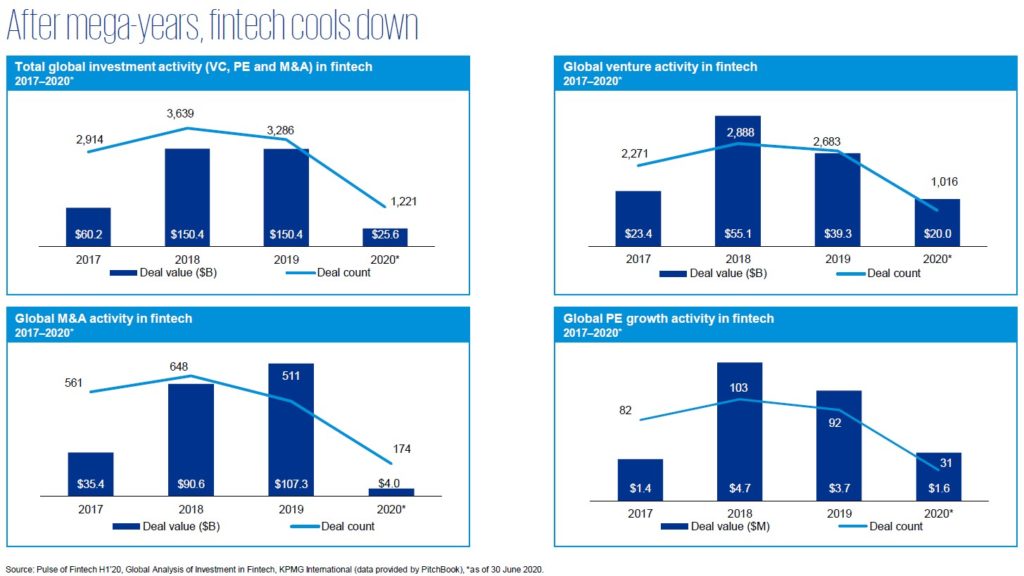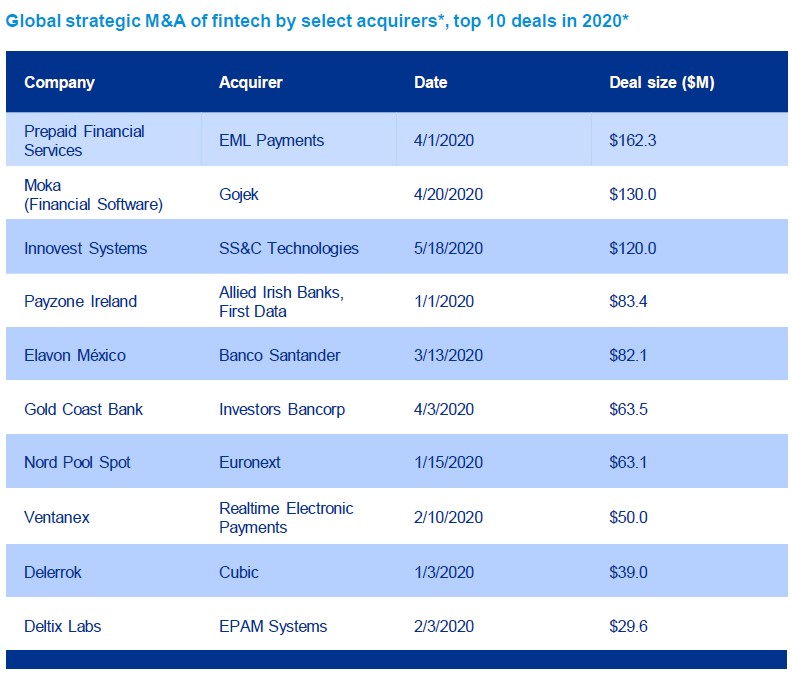
10-9 #Surreal: AMD is reportedly in advanced talks to buy rival chip maker Xilinx; LGD has reportedly decided to extend production of LCD TV panels until 2021; Waymo is launching fully driverless vehicles to the public; etc.
MediaTek has announced a new TV chip called MT9602 to further expand its portfolio. This SoC will be debuting in the new Motorola smart TVs that are scheduled to launch soon in India. MT9602 smart TV SoC includes a quad-core processor consisting of 4×ARM Cortex-A53 cores clocked at 1.5GHz. It also features ARM Mali-G52 MC1 GPU. (GizChina, NDTV, Gizmo China, CN Beta)
Taiwanese foundries’ capacity utilization (input basis) for 300mm wafers is 88% in 2Q20, projected to be 96% in 3Q20, and planned to be 95% in 4Q20. Capacity utilization for 200mm wafers is 88% in 2Q20, projected to be 99% in 3Q20, and planned to be 99% in 4Q20. The foundries plan to operate at full capacity through the end of the year in all processes except 28nm. Overall operating rates on 28nm process down to 4% due to HiSilicon’s lower Requirements. Lower production of 300mm wafers for HiSilicon is being offset by demand from AMD and MediaTek (7nm-process) and Xilinx (16/12nm-process). In 28nm-process wafers, the decline continues (reducing capacity utilization by 4–5ppts). (Credit Suisse report)
Advanced Micro Devices (AMD) is reportedly in advanced talks to buy rival chip maker Xilinx, in a deal that could be valued at more than USD30B and mark the latest big tie-up in the rapidly consolidating semiconductor industry. (CN Beta, Reuters, WSJ, Tom’s Hardware, CNBC)
BOE’s B11 factory will reportedly supply OLED for some of the new Apple iPhone 12. BOE B11 OLED samples have previously failed to pass Apple’s validation. Thus, Samsung Display and LG Display have won the orders. Subsequently, BOE has submitted the OLED of the B7 factory, hoping to supply the screen for the iPhone in 2021. The B11 factory is put into production in 2019, with a low yield rate of only 20%; the B7 factory product line has a yield rate of 70%-80%. Previously, it mainly supplied Huawei and other domestic vendors. (CN Beta, Gizmo China, Sina, China Star Market)
LG Display (LGD) has reportedly decided to extend production of LCD TV panels until 2021 when it has initially decided to stop the production in 2020 because the global LCD market has rebounded sharply due to the COVID-19. (ET News, Laoyaoba)
vivo has released a new concept machine vivo IFEA (Interest Free Explore Amazing) detached lens design, which has won the red dot design concept award 2020. This concept phone of vivo can realize four shooting modes including fisheye lens, wide-angle lens, telephoto lens, and ordinary lens. There is a dedicated magnetic head, which also supports charging the lens. (Sparrow News, Sina, CN Beta, Red Dot)
The memory market (including DRAM and NAND Flash) is still in a state of oversupply in 4Q20, according to TrendForce. In light of recent U.S. sanctions against Huawei, other smartphone brands have been actively stocking up on memory products in an effort to capture Huawei’s lost market shares, but this procurement momentum is insufficient to improve the lethargic state of the memory market. In addition, as memory demand from the server industry has yet to make a noticeable recovery, overall memory ASP is expected to remain weak in 4Q20 and decrease by about 10% QoQ. (TrendForce, TrendForce)
Western Digital has announced its first PCIe 4.0 supporting SSD called WD_BLACK SN850 that promises up to 7000MB/s read and 5300MB/s write speeds. The company has also unveiled a couple of other storage offerings that include a fast PCIe 3.0 x8 based SSD Add-in Card and a Thunderbolt 3-based SSD dock. (Neowin, Western Digital)
Credit Suisse expects DRAM prices to turn up from 2Q21 to 3Q21. Expectations of recovery in datacenter demand for server DRAM is likely to trigger a rebound in prices. Credit Suisse anticipates a supply shortage in 4Q21 in their supply–demand forecast for DRAM (quarterly production basis for supply, hardware volume basis for demand to find gross supply-demand balance; excludes inventories). Including excess inventories (net supply–demand balance), they expect 12% oversupply in 4Q21. For gross supply–demand, they forecast excess supply of 9% in 1Q21 and 3% in 2Q21. They expect a return to supply shortages in 3Q21. (Credit Suisse report)
Demand for smartphone DRAM has rebounded sharply due to Chinese smartphone makers’ rapid stockpiling, but Credit Suisse sees no signs of an upturn in NAND prices amid the large number of suppliers. While curbs on NAND capex are meanwhile blunting any increase in supply and make a major supply glut likely, the lack of demand drivers has us expecting prices to continue correcting through 1H21. In addition, NAND makers are starting to compete on price in an effort to offset the loss of Huawei demand with increased volume from other smartphone makers. (Credit Suisse report)
In addition to reducing costs through multilayering, another way of reducing NAND costs is to increase chip density. However, with the advent of 3D NAND, there has been limited uptake beyond 256Gb densities. In the 5 years since 2015, 256Gb has been the norm, but if this rises to 512Gb, costs could come down (the surface area of the periphery circuits is the same for 256Gb and 512Gb, so higher bits for 512Gb mean lower costs per surface-area unit). Although 256Gb is the norm for 9X-layer NAND, makers are prioritizing development of 512Gb chips in the case of 1XX-layer NAND. (Credit Suisse report)
Comcast has announced that it has achieved a 10G technical milestone in a trial delivering 1.25Gbps upload and download speeds over a live production network using Network Function Virtualization (NFV) combined with the latest DOCSIS Technology. At a home in Jacksonville, Florida, technicians have installed the service which is based upon a Distributed Access Architecture (DAA) that Comcast has deployed throughout the area. (CN Beta, Comcast)
Apple has applied for a trademark on the phrase “iPhone for Life” in Hong Kong. It is unclear whether Apple intends to rebrand the iPhone Upgrade Program, or simply protect a phrase for use by its resellers – but the latter seems most likely. (Gizmo China, 9to5Mac, Patently Apple)
Samsung Galaxy F41 is announced in India – 6.4” 1080×2340 FHD+ Super AMOLED u-notch, Samsung Exynos 9611, rear tri 64MP-8MP ultrawide-5MP depth + front 32MP, 6+64 / 6+128GB, Android 10.0, rear fingerprint scanner, 6000mAh 15W, INR16,999 (USD232) / INR17,999 (USD247). (GSM Arena, Samsung, Gizmo China)
PC strength has continued in 2H20 due to on-going COVID-19 stay-at-home demand for consumer notebooks and education from remote learning continuing. The healthy Chromebook momentum from Japan GIGA School program and US/Europe continues to see upside, with Elan noting the NB TAM could reach over 190M units in 2020 (vs 160M in 2019) and Chromebooks potentially more than doubling in 2020 to 40M, with 80% on x86 and 20% on ARM solutions from MediaTek and Qualcomm. (Credit Suisse report)
High-end speaker manufacturer Devialet is launching its first pair of earbuds called Gemini, priced at USD299. They feature cascading decompression chambers, which means that they should stick in ears and provide adequate pressure. There are three levels of ANC and two levels of transparency mode. (CN Beta, TechCrunch)
Amazon has received delivery of its very first, custom-built EV delivery van — a vehicle built through its partnership with electric transportation startup Rivian. Amazon announced a sizeable investment in Rivian in 2019, when it led a USD700M round for the startup EV maker. (TechCrunch, Amazon)
Waymo is launching fully driverless vehicles to the public. The Alphabet-owned company is opening up its driverless ride-hailing service to riders in the Phoenix metro area, enabling anyone in the region to download its app and hail a ride without a driver in the front seat. (TechCrunch, Washington Post, Ars Technica)
Owing to a 20% increase in TV demand in North America, as well as the fact that TV brands had deferred their shipment schedules in 1H20 due to the COVID-19 pandemic, the effects of the third-quarter cyclical upturn were further compounded in 3Q20, according to TrendForce. Quarterly TV shipment reached a historical high of 62.05M units in 3Q20, which is a 38.8% increase QoQ and 12.9% increase YoY. TV shipment is projected to increase by 4% QoQ in 4Q20, reaching up to 64.53M units. This will in turn contribute to total yearly shipment for 2020, projected at 216.09M units, a 0.8% decrease YoY. (The Verge, TrendForce, TrendForce)
Neocis, a pioneer in robot-assisted dental implant surgery, today announced a USD72M Series D. Neocis has raised more than USD120M in financing to date. Since 2000, more than 6M robotic-assisted surgeries have taken place across multiple medical specialties including Cardiovascular, Neurology, and Orthopedics. Yomi uses haptic robotic guidance and is a computerized navigational system intended to provide assistance in both the planning (pre-operative) and the surgical (intra-operative) phases of dental implantation surgery. (CN Beta, Neocis, Globe Newswire, TechCrunch)
Google has announced deeper Assistant integration with apps, starting with a list of selected partners. This integration will allow users to do things that would normally require several taps in the apps themselves. Google has kicked off this deeper integration by partnering with over 30 of the top apps on the Google Play store. (Android Authority, TechCrunch, Google)
At mid-year 2020, global fintech investment across M&A, PE and VC was USD25.6B globally. The lack of mega-M&A deals, such as 2019’s acquisition of WorldPay by FIS for USD42.5B, is the key driver of the decline. Global VC investment in fintech remained robust, accounting for USD20B globally. (KPMG report)
Although M&A has fallen off given the impact of the COVID-19 pandemic overall, there are still a slew of deals, albeit often smaller than in the past, still being cut by strategic acquirers positioning for larger market share as they look to grow into more commanding positions, or in search of overall expansion of capabilities, whether in products or services or both. (KPMG report)

